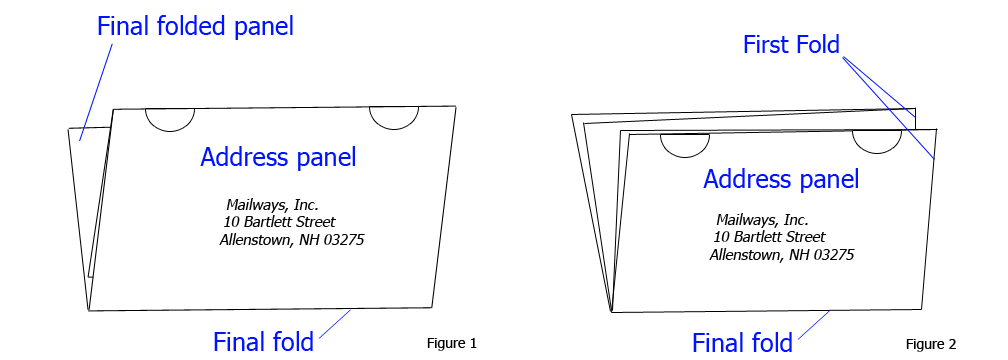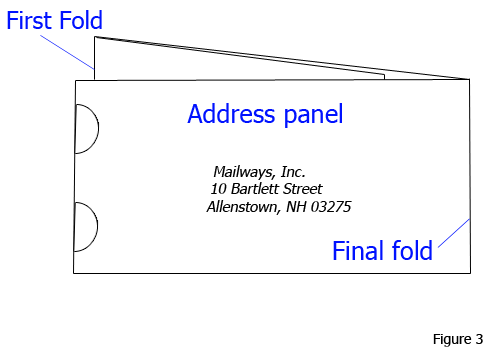This week we’ll cover the various types of lists you’re able to mail to, and when each type of list might be appropriate. We’ll go over lists which cover specific demographics, list that saturate geographic areas, and lists provided by the customer. Each type has its own benefits, so it’s important to discuss with your mailer which type might be best for you.
The first type is a resident saturation list. As its name implies, it saturates entire carrier routes or zip codes by hitting every single residential address. Because it hits a very dense area, it gives some of the best postage rates available. It can easily be targeted at the carrier routes closest to your business (neighborhood mailings), or hit entire cities, states, or regions.
There are a couple situations where resident saturation lists work well. One situation is when you’re not sure of the demographic that might be interested in your product, or if you know the demographic but it’s too diverse to target specifically. Another situation is if you’ve been doing a lot of targeted mailings and they’re starting to stagnate: mailing to everyone in the area might drum up business from people you hadn’t even considered targeting. Where it really shines, though, is pushing people over the edge after they’re already considering buying your type of product. If they’re hungry, a menu from your restaurant will help make you their top choice. If they’re considering colleges, mailing to them might spur them to apply to yours. If they’re considering a gym membership, yours will be the first one they think of. Do any of these situations sound like they might apply to your type of business?
The second type of list is a targeted demographic mailing. If you’re looking to mail something to males between 24 and 36 who make between $50,000 and $150,000 per year, we can target a mailing to this demographic. These lists are compiled from various public records as well as credit reporting agencies, and can be very specific. A few examples are age, income, home value, ethnicity, children, cars owned, and length of time at current address. These are just a few, and your mailer will be able to give you more information.
Targeted demographic mailings are particularly useful if you’ve got a very strong grasp of who your customers are. If you’re running a daycare, you don’t want to waste mailpieces on people who don’t have children or whose children have already grown up. By spending slightly more money on the list, you can ensure you’re not wasting money mailing to the types of people you know your product or service doesn’t apply to.
I’ll also mention quickly that we offer a hybrid between these first two types of lists which has become a popular way of selecting mailing areas. We’ll take your existing list of customers, run a report on which geographic areas your existing customers live in, and hit those and similar carrier routes with saturation mailing. You get the benefit of the great postage rates saturation mail offers, while also hitting areas that you know your customers are coming from. If you’re interested, mention “birds of a feather” when you call. That’s all for my sales pitch, I’ll get back to types of lists now.
The last type of list commonly used is a customer-provided list. This is any list provided to the mailer by you, the customer. It can be a list of your customers, sales leads, vendors, friends, or any combination of these. It’s the actual people you’ve already had contact with, rather than just a faceless demographic we’ve generated for you. There are far too many uses for this type of list to name them all, but we’ll give you a few examples to give some ideas.
The first example is any type of mailing where there is information that pertains specifically to the recipient: invoices, legal notices, appointment reminders, bank statements, and many more. You already have the information that the customer needs to receive. In this case, you’d be providing the list of people to mail to along with the actual information they’re being sent: their amount owed, their list of bank charges, etc.
The second example is any mailing where you’re giving out general information to a specific audience. If you’re sending out an alumni newsletter, you’ll be providing the list of alumni who are going to receive the newsletter. If you’re holding some sort of event, the list will be all of the people being invited to the event.
The third example is more general. If you’re sending out a sales flyer, the information is intended for anyone who wants to look at it, but providing a list of your existing customers is a great place to start. You can even combine the two and mail to a specific demographic or area, but also mail to existing customers who fall outside of that target.


